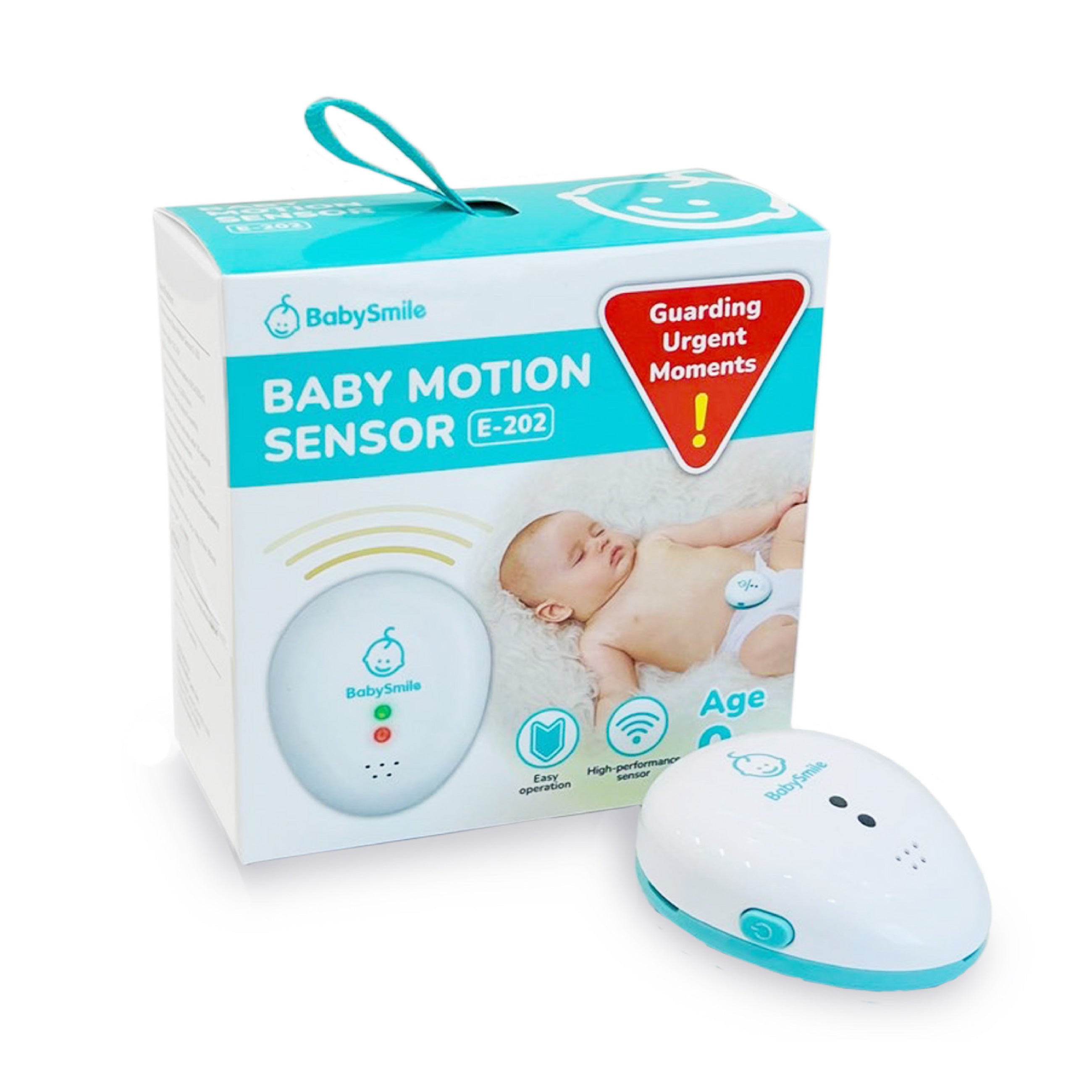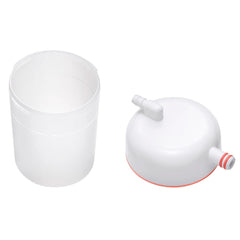Sudden Infant Death Syndrome (SIDS) is a condition in which a baby suddenly dies during sleep without any signs of suffocation or accident. In the US, it is estimated to occur in about 1 in 2,000 to 3,000 infants, with a higher incidence between 2 to 6 months of age. Since SIDS occurs while the baby is asleep, it is often difficult for parents to notice it early, and by the time they do, the baby is often already in cardiac arrest.
Here, we explain whether cardiopulmonary resuscitation (CPR) can save the life of an infant in a state of cardiac arrest, along with the steps and precautions of CPR.
The Relationship Between SIDS and CPR
There is data suggesting that early CPR increases the chances of survival after cardiac arrest. However, specific data indicating that CPR increases survival rates for SIDS alone does not exist. Nevertheless, CPR can help restart the heart, so it is crucial to begin it immediately if the infant is not breathing.
On average, it takes about 12 minutes from recognizing cardiac arrest, calling for help, and starting CPR until the ambulance arrives. During this time, the survival rate is only a few percent because the brain can sustain life without oxygen for only about 3-4 minutes. Additionally, as time passes, brain damage increases, making immediate resuscitation necessary.
Steps for Infant CPR
Here, we outline the steps for performing CPR on an infant. Infant CPR involves three components: “chest compressions,” “artificial respiration,” and “use of an AED (Automated External Defibrillator).” However, since SIDS often occurs at home and most households do not have an AED, using an AED is often unrealistic. Therefore, this guide focuses on performing CPR without an AED. If an AED is available nearby, it should be used.

First, if you notice something wrong, call the baby’s name while tapping their shoulder or the sole of their foot to check for a response. If there is no response, ask someone nearby for help and specifically instruct them to call 911 (emergency services). If you are alone at home, call 911 with a phone if possible and start chest compressions. If there is no communication device nearby, perform the following CPR for 2 minutes before retrieving a device and calling 911.
Begin with chest compressions. Press with two fingers just below the middle of the line connecting the nipples. Press down to a depth of about one-third of the chest. The rate should be about 100-120 compressions per minute. Perform 30 compressions, followed by 2 breaths of artificial respiration, and continue this cycle without interruption.
For artificial respiration, place one hand on the forehead, and use the index and middle fingers of the other hand to lift the chin to secure the airway. Cover both the baby’s mouth and nose with your mouth and blow air twice. The amount of air should be just enough to make the baby’s chest rise slightly.
Then, switch back to chest compressions.
If artificial respiration is too difficult, it is still important to perform chest compressions alone properly.
Although the causes of SIDS are not fully understood, guidelines have identified risk factors. SIDS is more common among boys, premature infants, low birth weight infants, babies who sleep on their stomachs, among families who smoke, formula-fed infants, and during early mornings, winter.
To reduce the risk of SIDS, avoid prone sleeping positions, refrain from smoking, and if possible, breastfeed your baby.
This article was supervised by Dr. Tomoyuki Miyamoto

MD at Yokosuka General Hospital Uwamachi.












